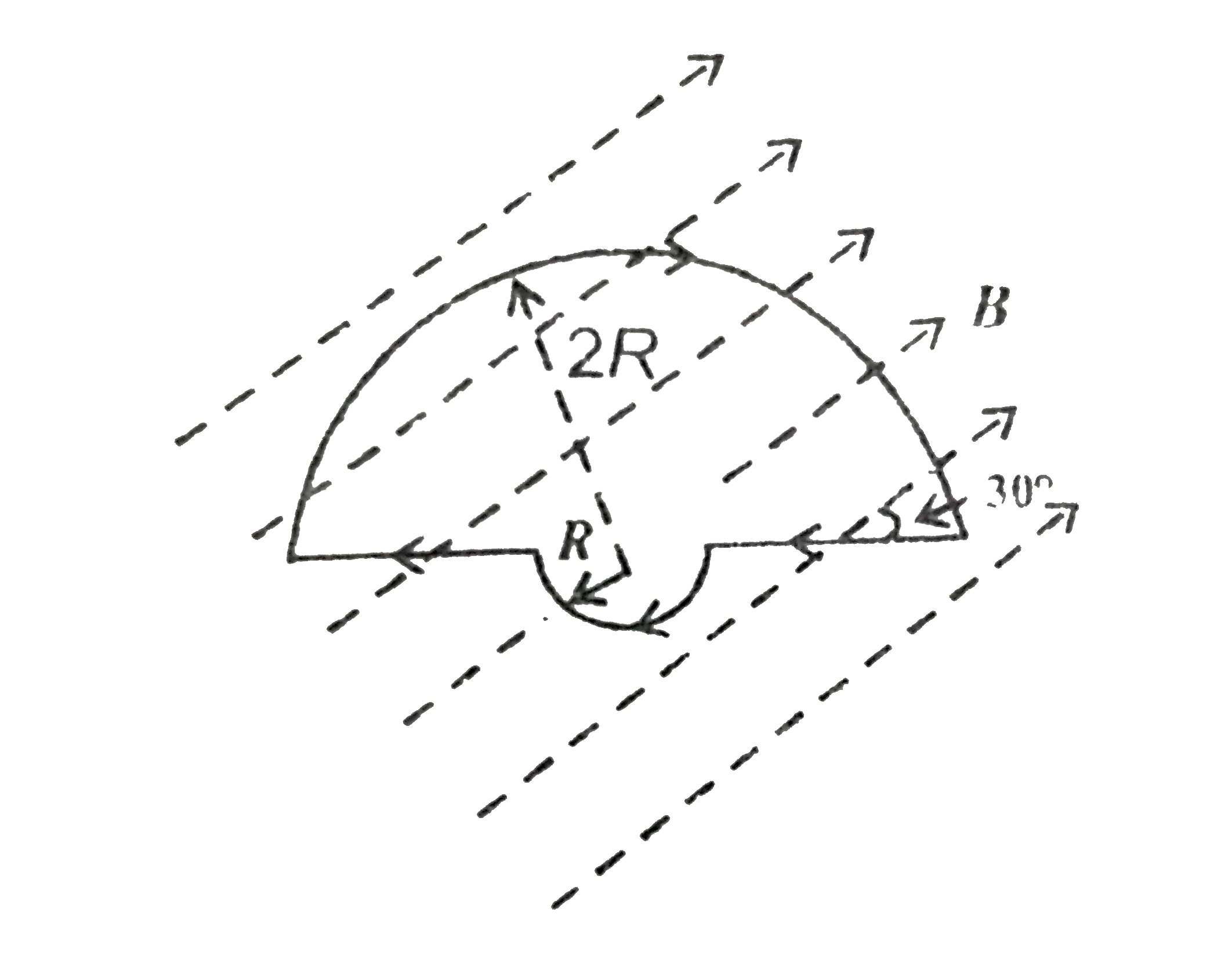Explain the stucture of balstula.
1. Blastula is formed from morula. Its under layer is called trophoblast or trophoectoderm. This layer absorbs the nutritive fluid secreted by uterine endometrial membrane.
2. As more and more fluid is absorbed by trophobloast cells, the cells become flat and a cavity blatocyst cavity or blastocoel or segmentation cavity is formed.
3. This causes trophoblast cells to get separated from inner cell mass except at one side.
4. The trophoblast cells in contact with embryonal knob are known as cells of Rauber. As the quantity of fluid increases, the morula enlarges rapidly and assumed the shape of a cyst. This stage is called blastocyst.
5. The side of the blastocyst to which embroyonal knob is attached is known as the embryonic or animal pole and the opposite side as abembryonic pole.
6. Blastocyst depends on mother for nutrition which it obtained through placenta.
Topper's Solved these Questions
- SHORT ANSWER QUESTIONS -I BOOK - NAVNEET PUBLICATION - MAHARASHTRA BOARDCHAPTER - SHORT ANSWER QUESTIONS -I EXERCISE - Chapter 19 : Organisms and Environment - II
7 Videos
- SHORT ANSWER QUESTIONS -I BOOK - NAVNEET PUBLICATION - MAHARASHTRA BOARDCHAPTER - SHORT ANSWER QUESTIONS -I EXERCISE - Chapter 17 : Control and Coordination
8 Videos
- QUESTION BANK 2021BOOK - NAVNEET PUBLICATION - MAHARASHTRA BOARDCHAPTER - QUESTION BANK 2021EXERCISE - CHAPTER 15 (4 marks)
1 Videos
- SHORT ANSWER QUESTIONS -IIBOOK - NAVNEET PUBLICATION - MAHARASHTRA BOARDCHAPTER - SHORT ANSWER QUESTIONS -IIEXERCISE - Additional Important Questions for Self-practice
7 Videos
Similar Questions
Knowledge Check
Keeping in view the fluid mosaic model for the stucture of cell membrane, which one of the following statements is correct with respect to the movement of lipids and proteins from one lipid mono layer to the other (described as flip flop movement)
AWhile proteins can flip -flop, lipids can notBNeither lipids, nor proteins can flip-flopCBoth lipids and proteins can flip-flopDWhile lipids can rarely flip-flop, proteins can notSelect the answer with correct matching of the stucture its location and function
AStructureLocatonFunctionEustachianAnterior part of internal earEqualises air pressure on either sides of tympanic membraneBStructureLocatonFunctionCerebellumMidbrainControls respiration adn gastric secretionsCStructureLocatonFunctionHypothalamusForebrainControls body temperature, urge for eating and drinkingDStructureLocatonFunctionBlind spotNear the place where optic nerve leaves the eyeRods and cones are present but inactive hereSelect the answer with correct matching of the stucture its location and function
AStructureLocatonFunctionEustachianAnterior part of internal earEqualises air pressure on either sides of tympanic membraneBStructureLocatonFunctionCerebellumMidbrainControls respiration adn gastric secretionsCStructureLocatonFunctionHypothalamusForebrainControls body temperature, urge for eating and drinkingDStructureLocatonFunctionBlind spotNear the place where optic nerve leaves the eyeRods and cones are present but inactive here
Compare the stuctures of H2O and H2O2.
View SolutionCalculate the torque acting upon the following structure carrying current l due to the magnetic field B. Both the magnetic field and the stucture are in the plane of paper as shown.

View SolutionCalculate the torque acting upon the following structure carrying current l due to the magnetic field B. Both the magnetic field and the stucture are in the plane of paper as shown.

View SolutionKeeping in view the fluid mosaic model for the stucture of cell membrane, which one of the following statements is correct with respect to the movement of lipids and proteins from one lipid mono layer to the other (described as flip flop movement)
View SolutionExplain the process of fertilization. Explain two types of fertilization.
View Solution
